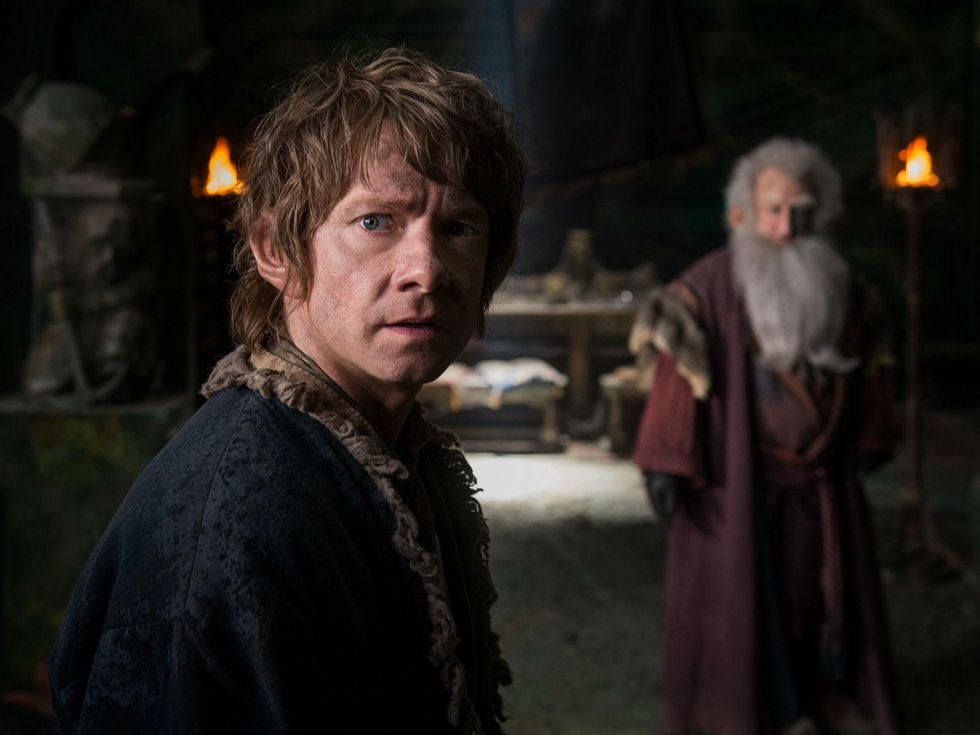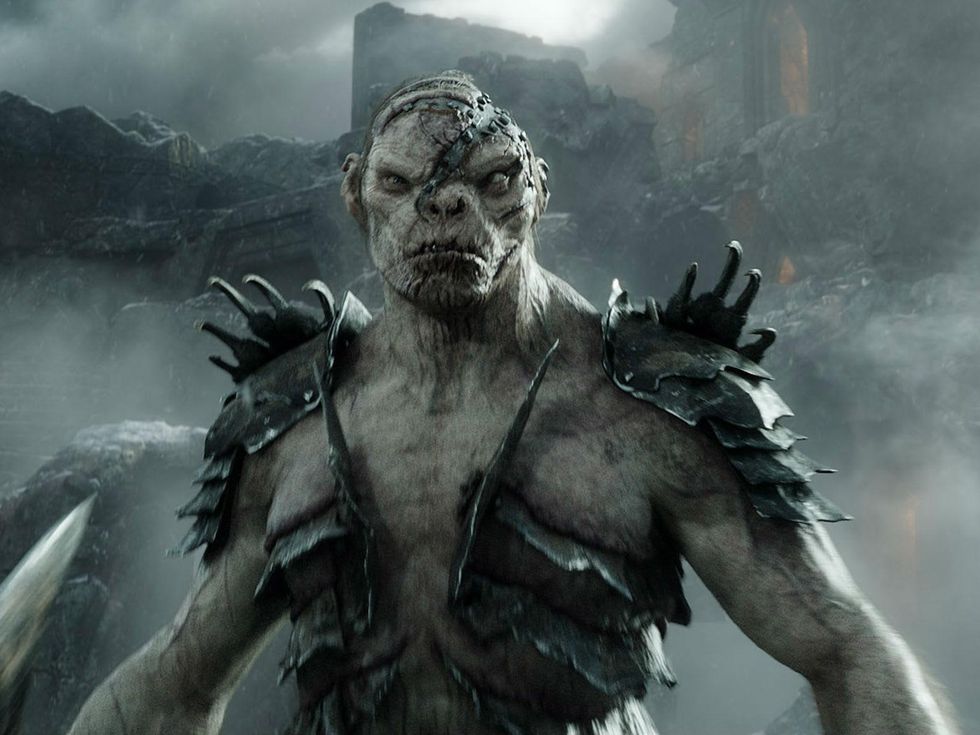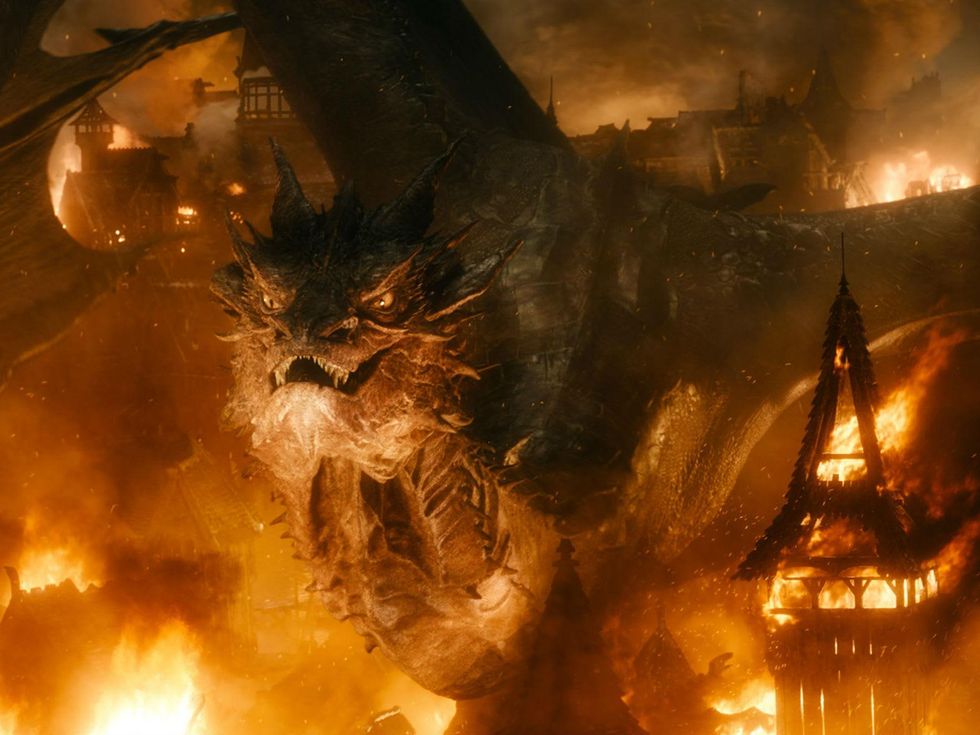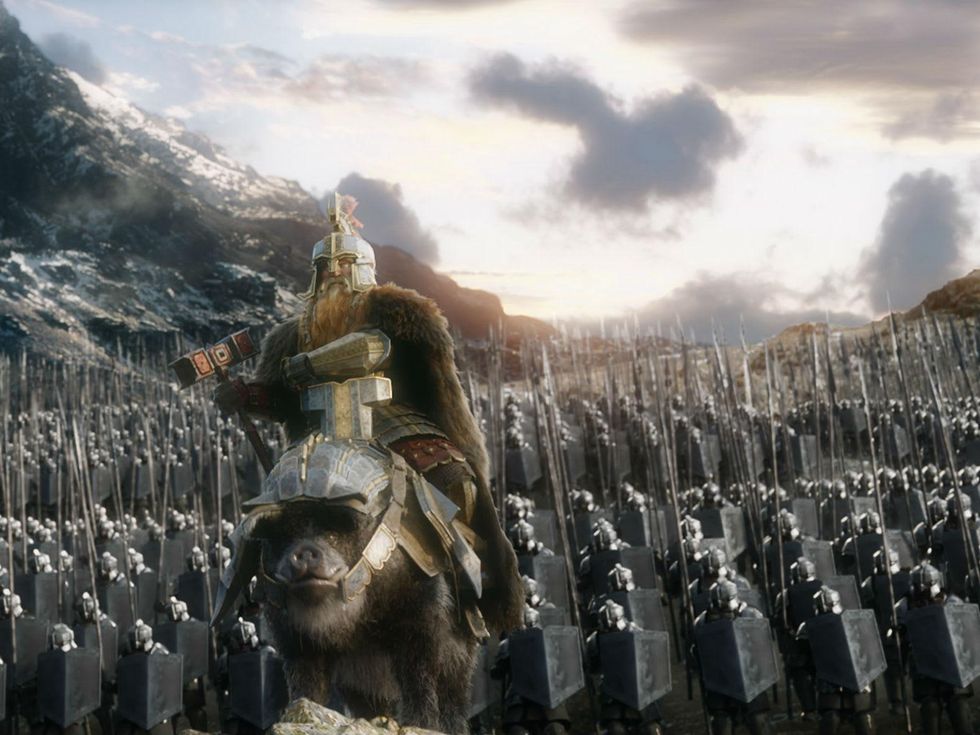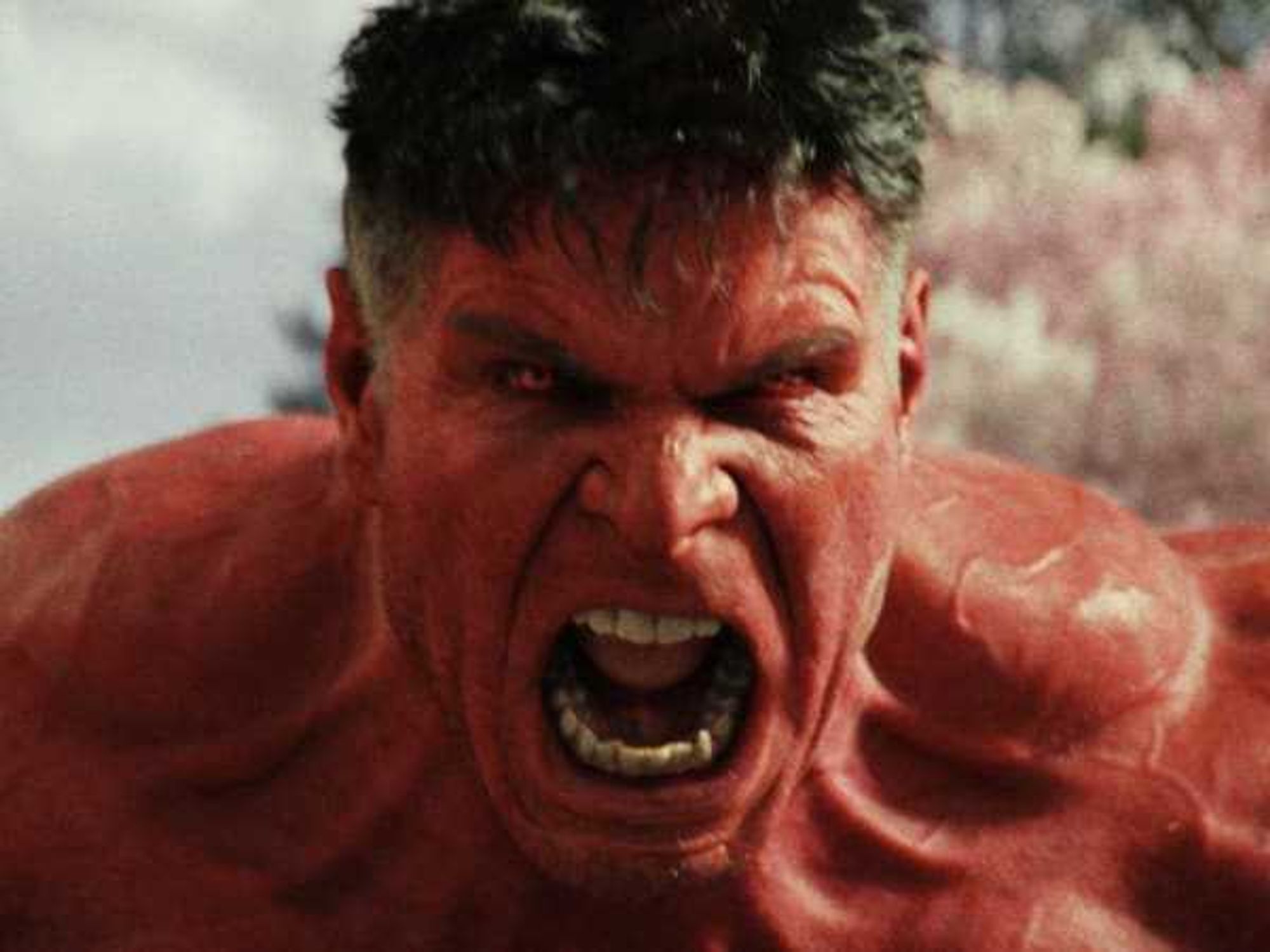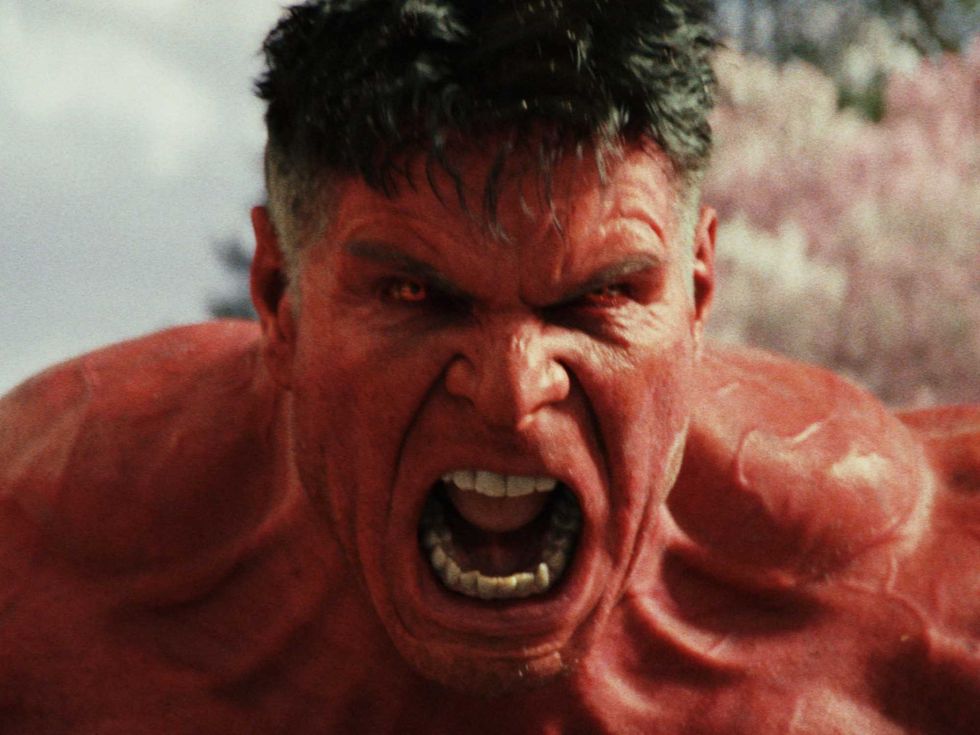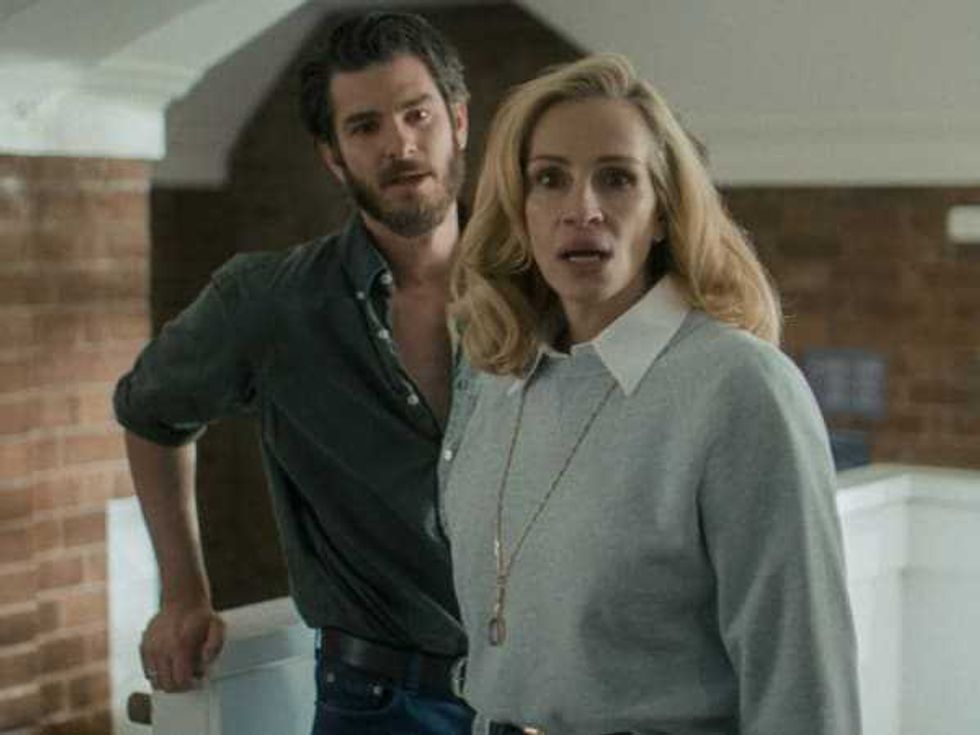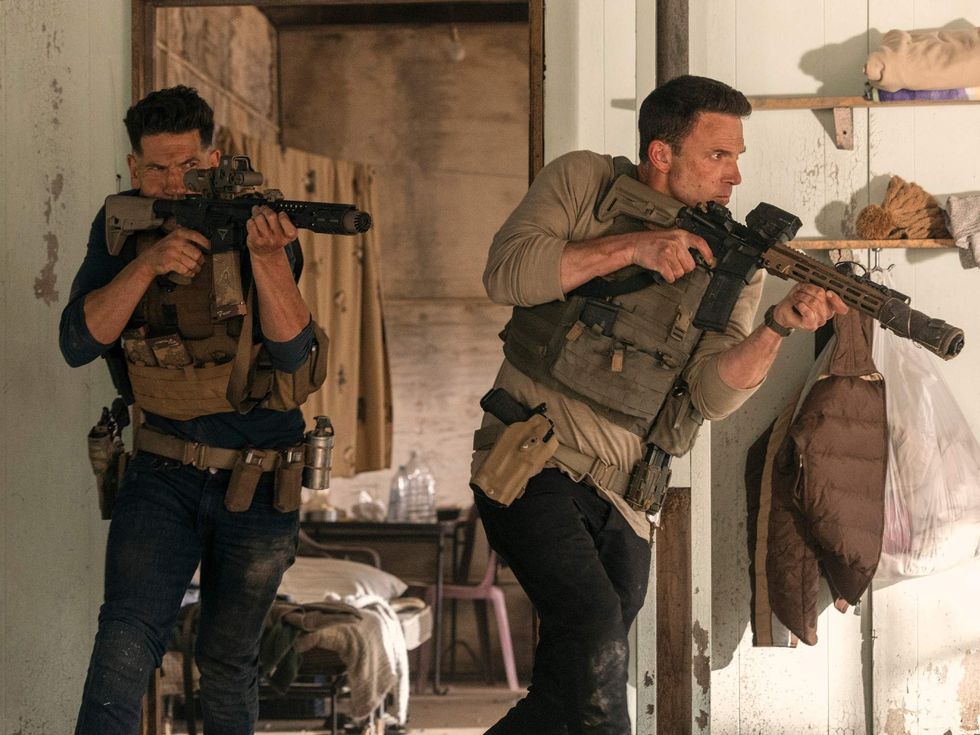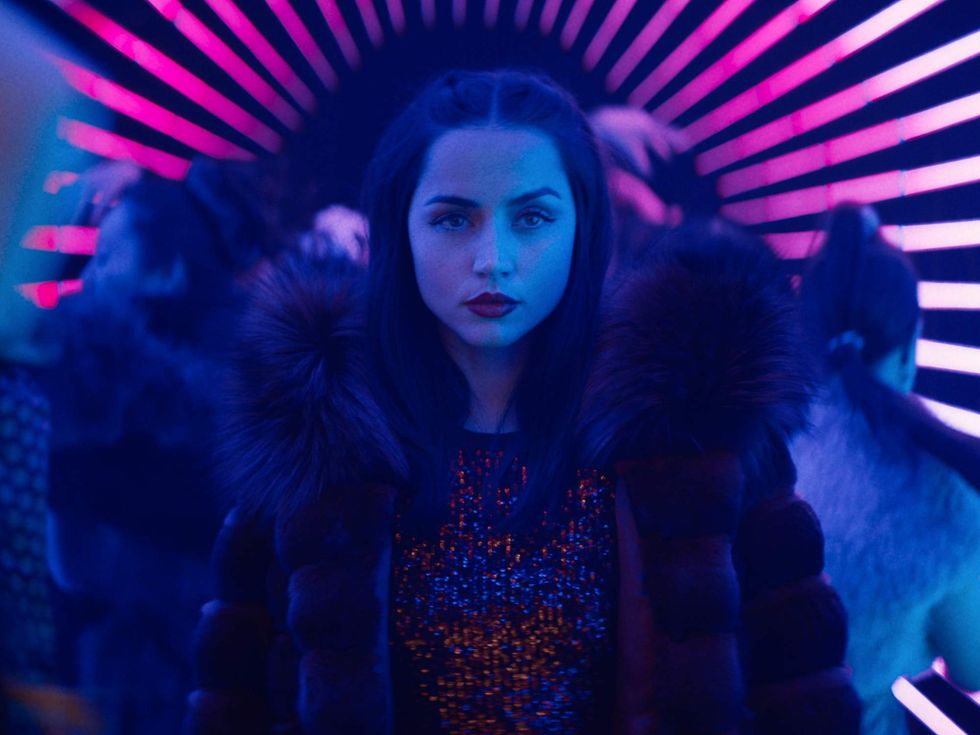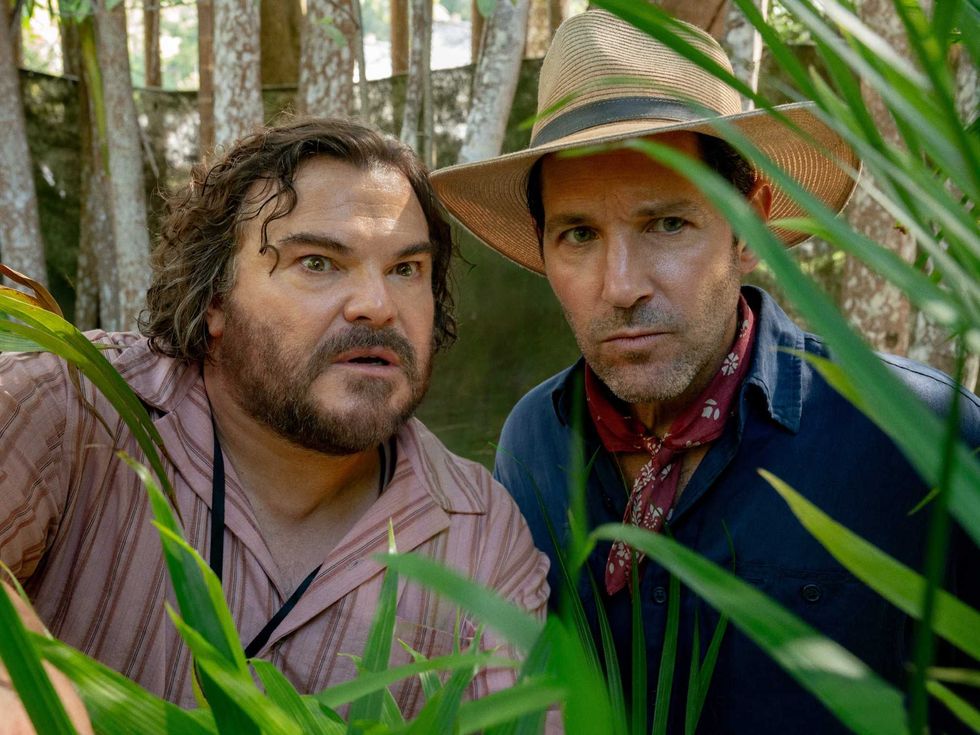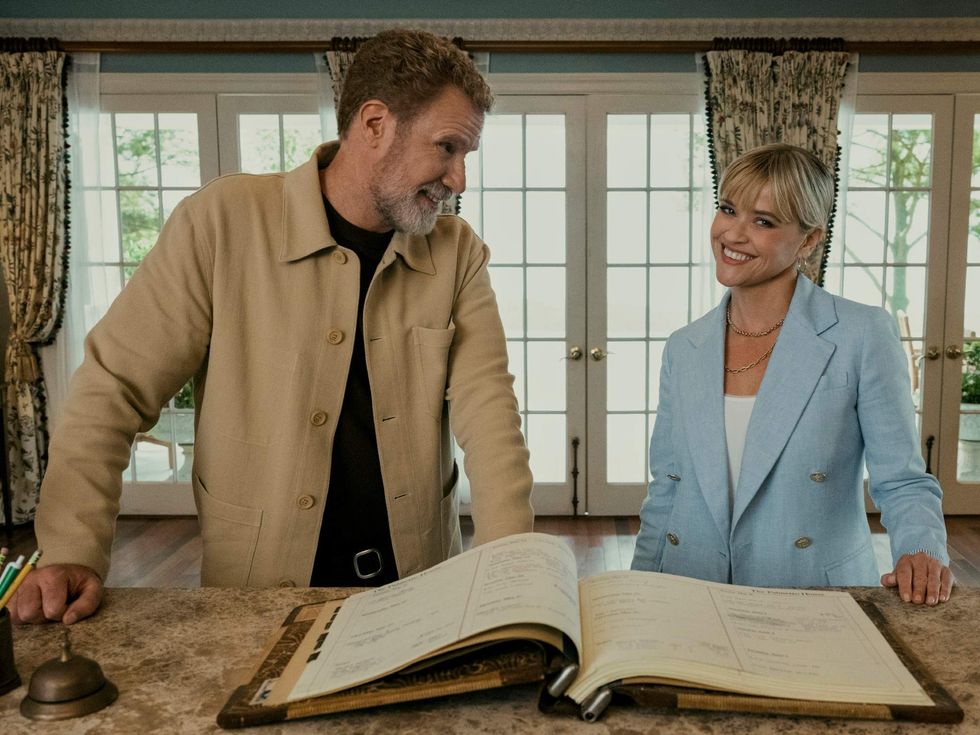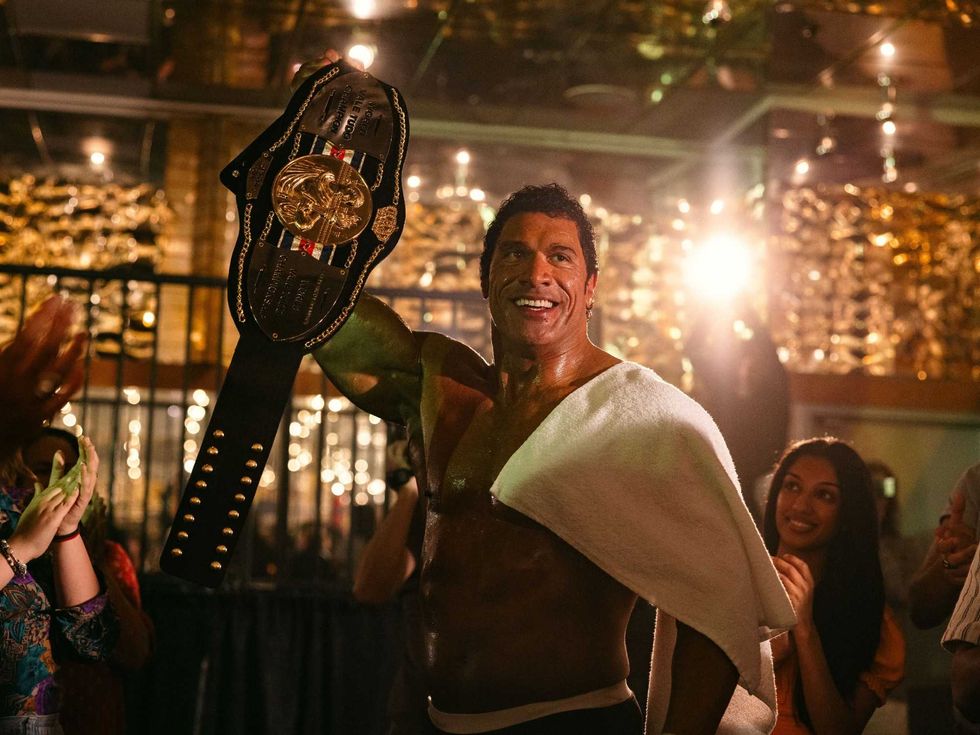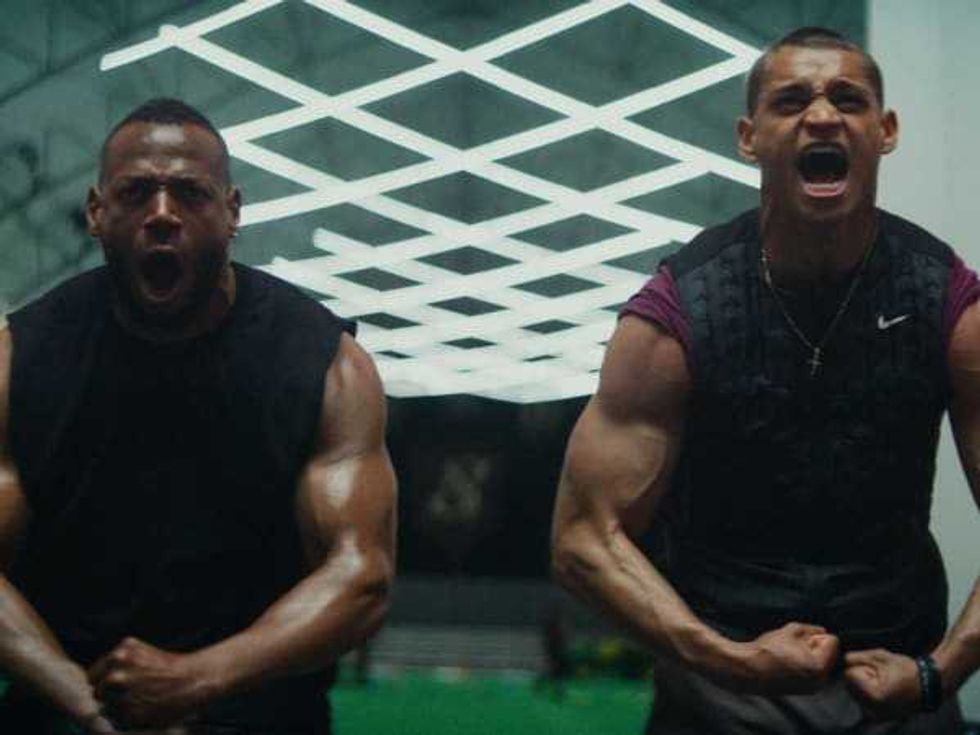Goodbye to Middle-Earth
The Hobbit comes to lackluster end with Battle of the Five Armies
Director Peter Jackson captured the imagination of millions of people with The Lord of the Rings trilogy by making films that were equal parts brain, brawn and emotion. When he finally decided to make J.R.R. Tolkien’s other Middle-Earth book, The Hobbit, there was little reason to think that he couldn’t bring the same level of excellence to that story as well.
The first mistake Jackson made, though, was to split the book, which clocks in at around 300 pages, into three films. The Lord of the Rings was already a trilogy, but trying to squeeze three nearly three-hour films out of such a slim novel seemed wishful at best, foolhardy at worst.
Now that the final film, The Battle of the Five Armies, is upon us, the answer is clear: Jackson overestimated the long-lasting appeal of the story. The Hobbit could’ve stood being split into two films, but making it into three robbed it of any chance it had to rival the original LOTR trilogy.
Now that the final film is upon us, it’s clear that director Peter Jackson overestimated the long-lasting appeal of the story.
For what it’s worth, Five Armies picks up right where The Desolation of Smaug left off, with the dragon Smaug (voiced by Benedict Cumberbatch) out for revenge on the village of Laketown. The epic (but, at 144 minutes, shortest) Hobbit film follows that up with an all-out war between five factions — dwarves, men, elves, orcs and goblins — over the treasure that lies beneath the Lonely Mountain Smaug has abandoned.
Despite the action-heavy plot of this film, Jackson and co-writers Fran Walsh, Philippa Boyens and Guillermo del Toro once again have to make much out of relatively insignificant characters or details to justify the film’s length.
One particularly egregious example is the repeated focus on Alfrid (Ryan Gage), the sniveling sidekick to the master of Laketown. His wormy ways only should have comprised a handful of scenes, but instead he’s treated like one of the movie’s grand villains, with the film’s returning to him time and again.
Jackson and his team, after failing to earn it with the previous two films, try to artificially manufacture emotion this time around — first with a questionable attraction between dwarf Kili (Aidan Turner) and elf Tauriel (Evangeline Lilly), then with a family from Laketown in constant peril. The reason there were tears at the end of The Return of the King was because we felt we had been through the same journey as the members of the Fellowship of the Ring. Here, none of that feels true.
As for The Hobbit’s main group, it seems like Bilbo (Martin Freeman) and the dwarves are mostly just standing around, waiting for something to happen. By the time the war finally starts, it’s not so much a release of tension as it is a thankfulness that something meaningful is taking place.
Of course, what the five groups are actually fighting about is unclear. Sure, the elves and men want their piece of the treasure, but the level of enmity never seems to be battle-worthy. It’s not until the orcs and goblins, who seem like they fight just to fight, arrive that swords get unsheathed.
The actual war — the last 45 minutes of the film — is suitably grand, but it lacks the depth of similar sequences in the LOTR trilogy. With the stakes muddled, it’s little more than the rehashing of now-familiar Jackson tropes, such as orcs being beheaded, dwarves humorously offing foes and multiple enemies being dispatched with a seemingly innocuous swipe of a sword.
Although nothing can take away the brilliance that was the LOTR trilogy, the finale of The Hobbit proves that it’s extremely difficult to replicate previous success, especially when the project was handicapped from the beginning.

